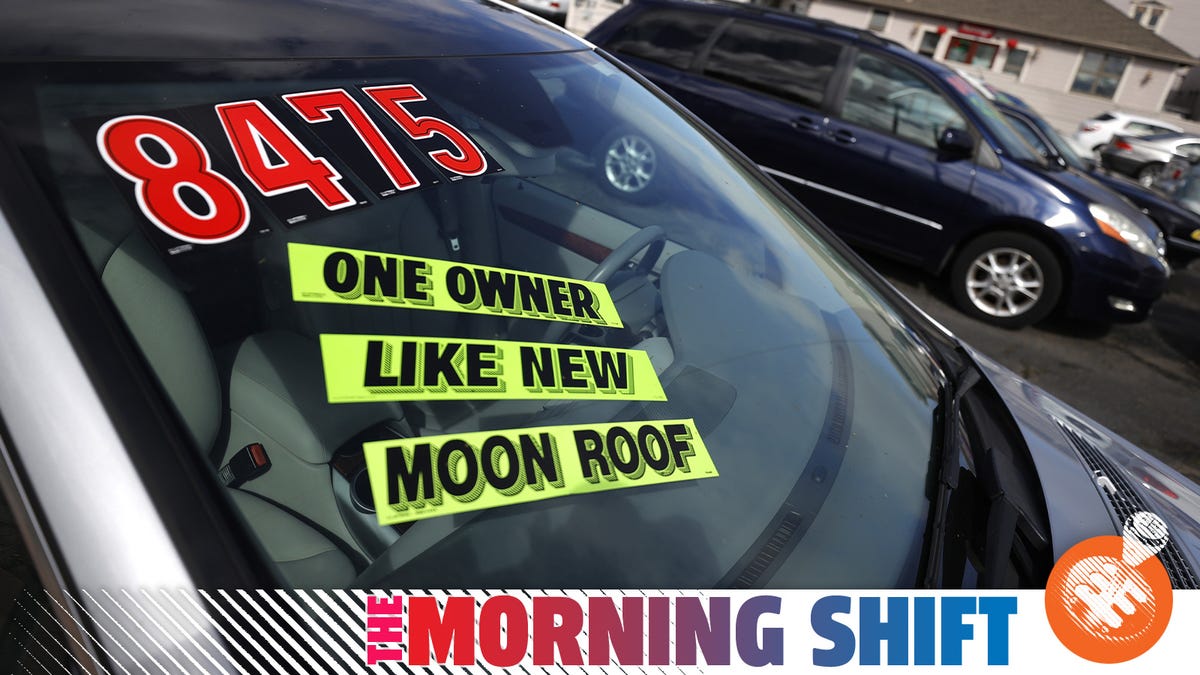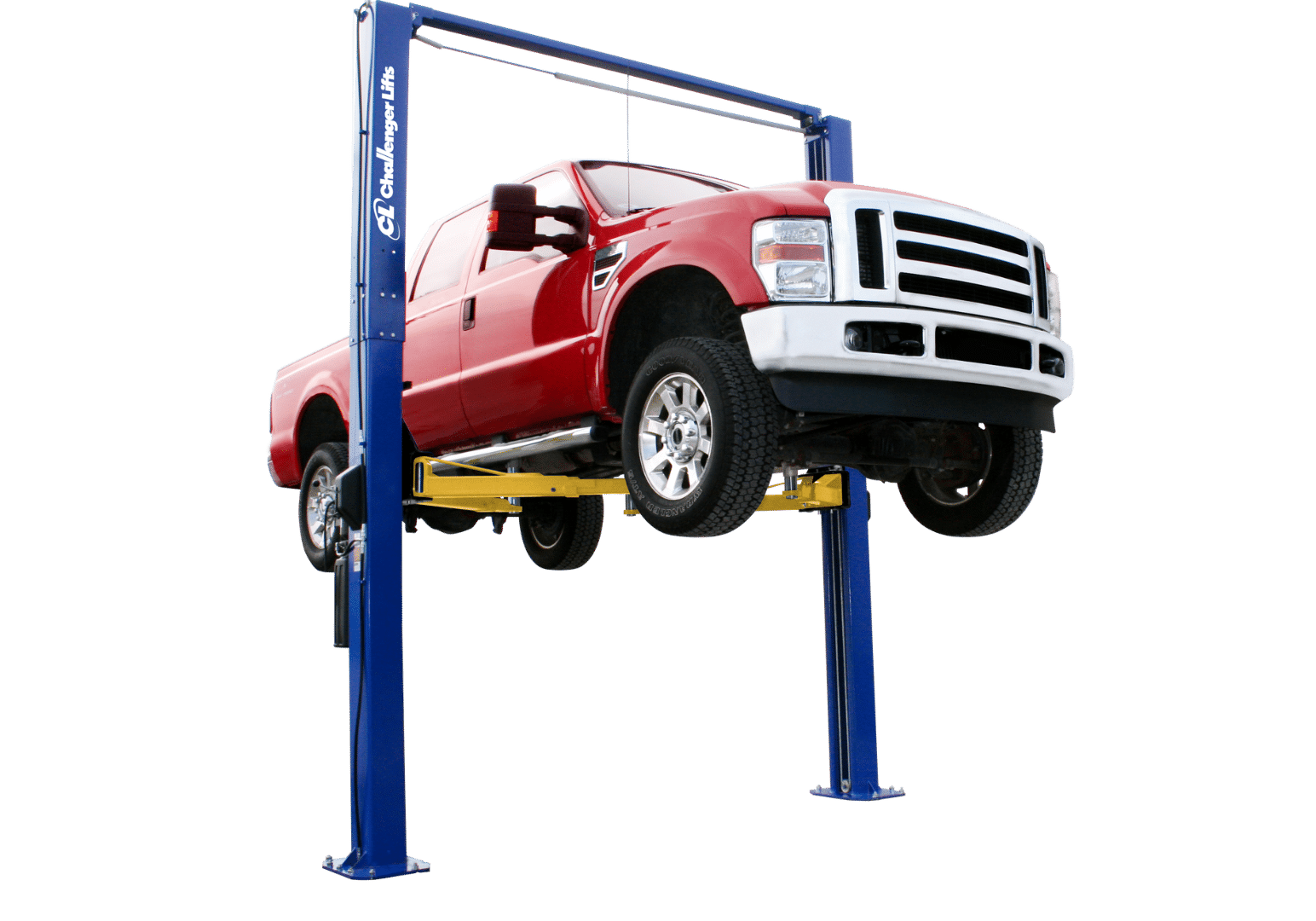New Record For Used Car Sales Won’t Be Broken Anytime Soon


Used car sales broke records in 2021, we should hear more on the whereabouts of the Cybertruck soon and Lamborghini’s doing a-OK. All that and more in The Morning Shift for Thursday, January 13, 2022.
1st Gear: It’s Not Just About Used Car Prices
The average price of a used car in November was $27,500 — 27 percent higher than the same month in 2020. Unsurprisingly, last year also marked a record one for used car sales in the U.S., when 40.9 million vehicles found new homes, according to Cox Automotive via Automotive News:
Cox Automotive estimated that overall used-vehicle sales for 2021 were 40.9 million, an increase of about 10 percent compared with 2020. Of those, an estimated 22.2 million were retail sales — vehicles sold to consumers by dealerships and other retailers such as Carvana. That also was an all-time record, Cox said, and reflected an increase of nearly 13 percent year over year.
The ironic thing about the nature of this particular record in the midst of a manufacturing shortage is that the market is in no position to beat it until the supply chain eases up, so used lots can replenish. But when that happens — and it’ll take years — new cars will be attainable enough that people won’t need to look to secondhand. This is a record you only break once in a long while.
The used-car market will remain strong in spring 2022, but it will “struggle to see any change in volumes” compared with the record amounts last spring, Cox Automotive Chief Economist Jonathan Smoke said last week.
Cox Automotive, in a preliminary forecast, said it is predicting 2022 volume will come in at 39.3 million used-vehicle sales in total and 22.1 million used-vehicle sales at retail.
If the forecast holds, those numbers will land below 2021 volume but still register slightly higher than 2020’s total used-vehicle sales of 37.3 million and used-vehicle retail sales of 19.8 million.
With the way things have been, everyone’s curious about what their cars are worth. We’ve been, too. The thing is it doesn’t matter how much the value of your current vehicle has risen if you still have to buy a new one in this market. The only way you come out of this positively is if you’re selling your car because you’re moving to a place where you don’t need one.
2nd Gear: Here’s What It Would Mean For FSD To Be Classified As Autonomous
Tesla’s “Full Self-Driving” technology is glossed-up Level 2 driver assistance, and California knows it. This is why the state hasn’t kept close oversight of its testing in the past. But people are using FSD like it is what it says on the tin, so now the Golden State is reconsidering its approach. Per Automotive News:
The California Department of Motor Vehicles had said that Tesla’s “full self-driving,” or FSD, beta requires human intervention and therefore is not subject to its regulations on autonomous vehicles.
But the agency is “revisiting that decision following recent software updates, videos showing a dangerous use of that technology, open investigations by the National Highway Traffic Safety Administration, and the opinions of other experts,” the department said in a letter on Friday to Lena Gonzalez, chair of the state Senate Transportation Committee.
We actually covered this to an extent yesterday, but less about what such regulation would actually mean if Tesla were to be treated like a Waymo or GM’s Cruise. In short, it’s a lot of red tape one would reasonably assume Tesla would not want to mire itself in.
“If the capabilities of the features meet the definition of an autonomous vehicle according to California law and regulations, DMV will take steps to make certain that Tesla operates under the appropriate autonomous vehicle permits,” the agency said in a statement.
Under the regulation, Tesla would need to report crashes and traffic tickets specific to the FSD, said Phil Koopman, a professor at Carnegie Mellon University in Pennsylvania.
This would also “trigger a driver background check to ensure (a) good driving record,” he said.
The double speak is amusing. When it behooves Tesla to market the feature as fully autonomous to drive sales and buzz, it does. But when it faces the consequences of that messaging, it shields itself with a quiet admission of what the service is actually capable of.
3rd Gear: The Cybertruck’s Fate Will Be Revealed Jan. 26
Tesla’s Cybertruck page used to say “you will be able to complete your configuration as production nears in 2022.” Recently it dropped the “in 2022” part, according to Edmunds. That omission appears to have occurred within the past month, Mashable reports.
The 2022 deletion appears to have happened right before Christmas, based on a search using the Internet Archive’s Wayback Machine tool. The Cybertruck is supposed to be built at Tesla’s newest gigafactory in Austin, Texas. But the factory is still prepping for car production with tools and equipment still coming in as recently as this week.
You can still drop $100 deposit on the electric truck; you just can’t option the vehicle as you’d like. Tesla’s next earnings call is scheduled for January 26, and CEO Elon Musk has said the company will offer an update on its product roadmap then, particularly regarding the Cybertruck.
4th Gear: Lamborghini’s Doing Well
What’s a “good year” for a small-volume maker of exotic supercars like Lamborghini? Turns out the magic number is around 8,000 deliveries, per the latest from Automotive News.
Automobili Lamborghini said it delivered a record 8,405 vehicles globally last year, up 13 percent, including an 11 percent gain in the U.S., where it delivered 2,472 vehi
cles.A breakdown of U.S. sales by nameplate was not available. However, on a global basis, the Urus SUV accounted for 60 percent of the brand’s sales last year, with the Huracan making up 31 percent and the Aventador contributing the remainder.
Europe, the Middle East and Africa remain at the top of Lamborghini’s largest market, but the brand experienced the most growth in the Asia Pacific region.
The brand, a unit of Volkswagen Group, said Europe, the Middle East and Africa was its largest region in terms of percent of total sales. The region was up 12 percent overall, followed by North and South America and its Asia-Pacific region, which both rose 14 percent.
Sure, a lot of that has to do with the Urus, but it’s encouraging to see the Huracan still representing a big driver of sales. There will reportedly be four new products from the marque this year, and an Aventador replacement is expected in 2023.
5th Gear: Alfa Romeo F1 Boss Says Andretti Negotiations Didn’t Derail Its 2022 Preparations
Not that Alfa Romeo F1 team principal Frederic Vasseur would ever admit as much, but I have long been wondering if the team was beset by the doomed deal to sell to Andretti Autosport last year. It seemed scarily close to going through but all fell apart at the last possible minute. Vasseur quashed any concern over the trials and tribulations of that episode affecting the squad’s 2022 plans in a chat with Motorsport.com.
“We didn’t stop at all the technical side, and it didn’t slow down at all the development, that’s for sure,” Vasseur told Motorsport.com.
“On some discussions, on sponsors, drivers and so on, we had to be a bit present.
“But at the end, it won’t change the situation. It had no impact, except that we postponed some decisions.”
The “driver discussions,” as he softly puts it, would’ve seemed to present headaches. Particularly because if Andretti and Sauber had shaken on the deal, the new owners would have tried everything in their power to install Colton Herta beside Valtteri Bottas. Instead, Guanyu Zhou was chosen to partner the veteran Finn after talks broke down and the dust settled.
Nevertheless, don’t let Vasseur’s calm fool you.
Asked if he felt [the negoitiation] was a distraction for the team, Vasseur replied: “No – it was a distraction for me!”
Irritable team bosses are 25 percent of why Formula 1’s so much fun, if you ask me.
Reverse: 1997 Was A Great Year For The Detroit Auto Show
The 1997 North American International Auto Show opened to the public 25 years ago today. Reveals had happened earlier the prior week during press days of course, but this was showgoers’ first opportunity to familiarize themselves with the C5 Corvette, Dodge Durango and Mercedes-Benz CLK.

The event also brought lots of swell concepts, like the Dodge Copperhead — or “Concept Car,” as Gran Turismo players will remember it — and the Chrysler Phaeton, among others. This was smack dab in the middle of Chrysler’s prolific ’90s era of prototypes after all.
Neutral: The Concepts We Loved
I used to go to the New York Auto Show every year, and I distinctly recall being floored by the yellow-and-black 2002 Ford GT40 concept as a kid, before it was brought to production as the GT two years later. I struggle to remember more examples from way back, though I do recall spending a lot of time walking circling the Toyota FT-1 back in 2014. I even got a 3D-printed keychain of that car from the Toyota booth that unfortunately broke, so I don’t carry it anymore.
What’s a concept you saw in person that you instantly fell in love with?








